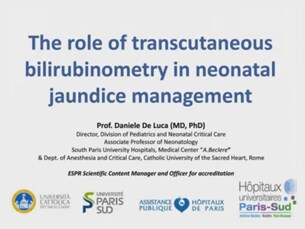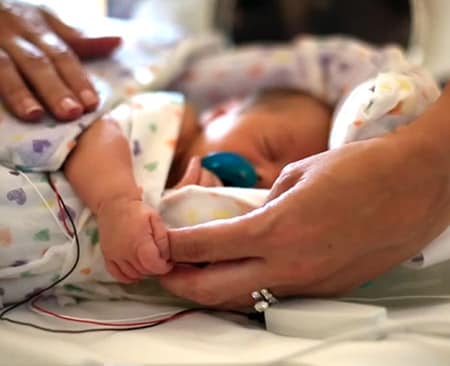The high percentage of newborns who develop jaundice combined with the move towards shorter stays in the maternity ward requires increasingly innovative ways to diagnose and manage this common condition to avoid readmission. Left untreated, jaundice can lead to serious medical issues, including brain damage, so providers need clinically effective tools to help detect and treat it—with as little as possible discomfort to the infant and disruption to the mother and family. We are committed to helping care providers deliver effective jaundice management and breastfeeding programs, while giving new parents the support they need throughout the critical first days of their infant’s life.
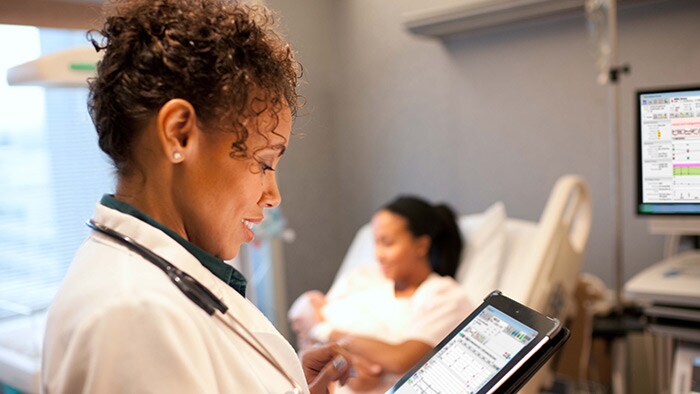
Jaundice occurs in 60% of term and 80% pre-term infants. Hyperbilirubinemia is one of the leading causes of hospital readmissions.¹ ²
Perspectives in jaundice management
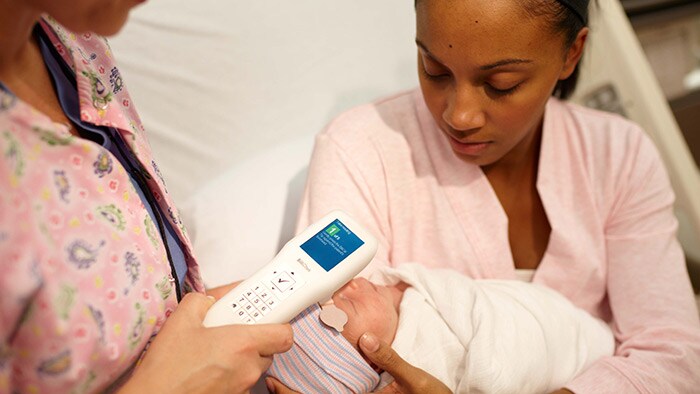
A whole systems team approach to combat jaundice and encourage breastfeeding An integrated hospital and community-based care program is helping new parents and newborns at risk for jaundice make positive strides to fight the condition.
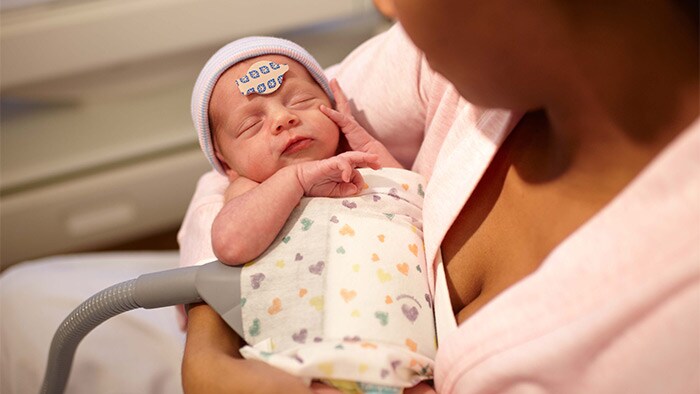
Unbound bilirubin – a predictor of kernicterus Research findings on a novel relationship between skin bilirubin levels and free,unbound circulating bilirubin in the newborn baby.
Webinar: The role of transcutaneous bilirubinometry in neonatal jaundice management
Transcutaneous bilirubinometry (TcB) has the potential to change how hyperbilirubinemia is detected, and is covered in our 60 minute free webinar, recorded on July 26th, 2016.
Prof. De Luca, a key opinion leader in pediatrics and neonatal care, speaks about the causes of neonatal jaundice, and how to screen for it and treat it. He then discusses the relationships between free, unbound circulating bilirubin and skin bilirubin levels.
Transcutaneous bilirubin measurements in the assessment and management of neonatal jaundice
The American Academy of Pediatrics (AAP) has published guidelines for assessing newborns at risk for jaundice. The purpose of this white paper is to review the importance of early jaundice detection and critically examine the variability in current practice in order to promote the most safe, efficacious and cost-effective approach to care.
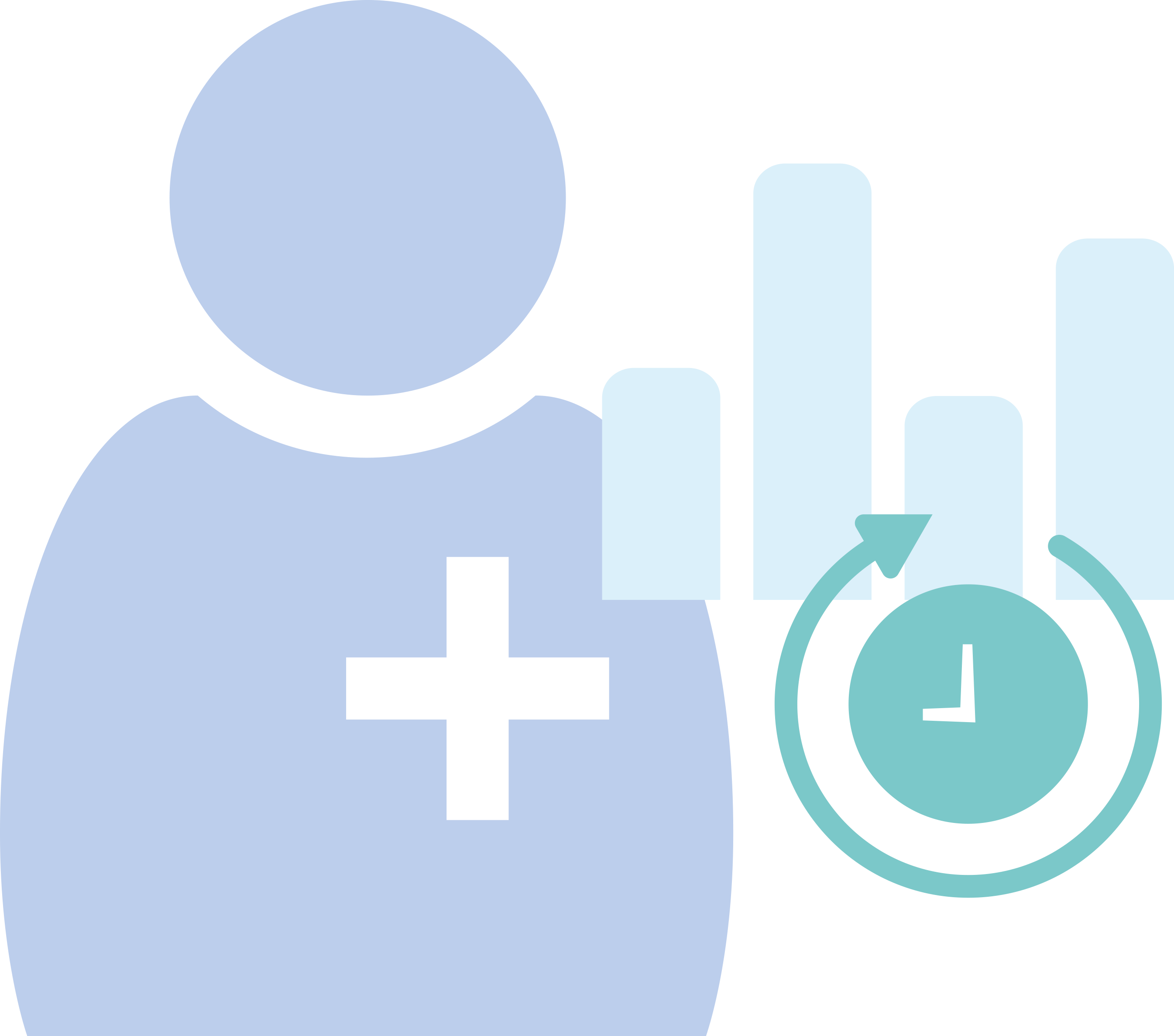
1 Bhutani VK, Johnson L. A proposal to prevent severe neonatal hyperbilirubinemia and kernicterus. J Perinatol2009;29 Suppl 1:S61-S67. 2 Kumar RK. Neonatal jaundice. An update for family physicians. Aust Fam Physician 1999;28:679-682.
